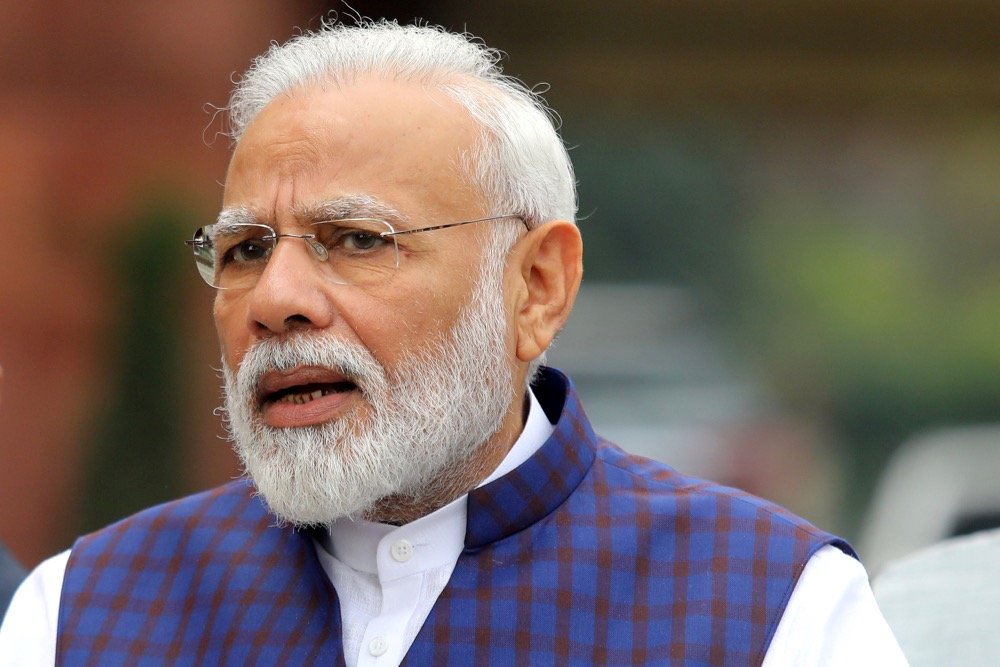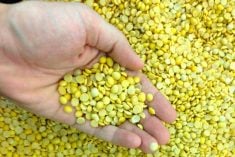MarketsFarm — To Pulse Canada, the recent move by the Indian government to temporarily reduce the import levy on lentils from 30 to 10 per cent is part of a balancing act between competing interests.
Greg Cherewyk, president of Pulse Canada, explained that Prime Minister Narendra Modi is “looking after the needs of a politically powerful rural constituency of over 120 million farmers and many more people working as labourers connected to agriculture.”
The rural vote is one of the most important to garner in India to have any chance of winning an election.
Read Also

U.S. grains: Soy hits 17-month high, corn to four-month top as trade braces for U.S. data
Chicago Board of Trade soybean futures rose on Thursday to their highest in nearly 17 months as traders awaited a U.S. government crop report that was expected to lower yield estimates, while also bracing for the resumption of export data to give clues on Chinese buying.
As the Modi government attempts to double farm incomes, it also must ensure the population has affordable food prices, Cherewyk said. The government hiked the levy prior to last year’s election, which saw Modi returned with an increased majority.
However, since January, food prices have spiked and the situation was made worse with the government’s lockdown measures due to the COVID-19 pandemic striking India.
Cherewyk said Pulse Canada understands that dilemma, but “these overnight decisions can have huge impacts on the markets,” as India’s government made its levy cut announcement on Tuesday last week with very little or no forewarning to the global market.
That said, Cherewyk noted inflation was becoming out of control in India and the government needed to act, especially since pulses are the largest source of protein for the country’s population.
Added to that, the country’s rabi crop wasn’t as big as had been forecast. As a means to combat inflation, the government provided a free one-kilogram bag of pulses to each household. Also, the hope is that lentil imports will push down domestic prices.
As for Canadian lentils, Cherewyk learned through Pulse Canada’s members that some shipped cargoes could be diverted to India. Also, old-crop lentil bids have increased and were pulling up new-crop prices as well.
The temporary reduction in the levy is scheduled to end Aug. 31, and Cherewyk said Pulse Canada is hoping it will be extended.
“There’s hope that India will be back in the market for new-crop sales,” he said.
Canada has exported about 400,000 tonnes of lentils to India during the 2019-20 crop year-to-date, according to the Canadian International Merchandise Trade (CIMT) database. That compares with total lentil exports to all countries of 1.54 million tonnes.
— Glen Hallick reports for MarketsFarm from Winnipeg.















